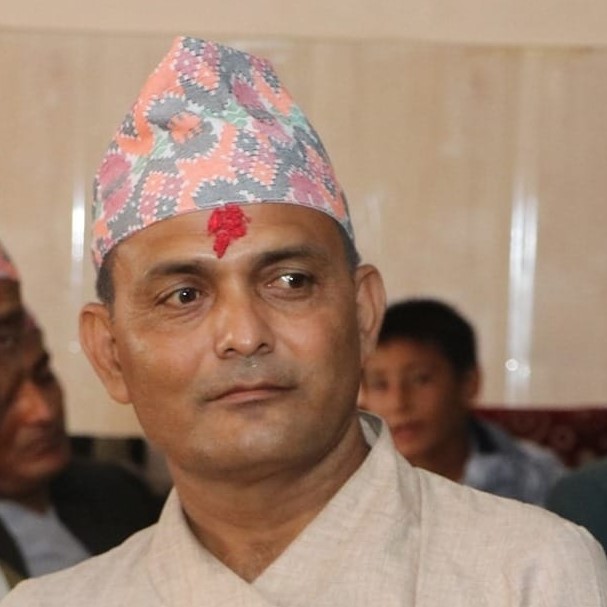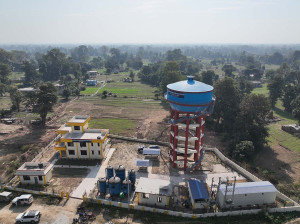Money
Industrialists in eastern Nepal protest against power cuts
The current power supply is short by 70 MW, the Nepal Electricity Authority says.
Binod Bhandari
The Sunsari-Morang Industrial Corridor in eastern Nepal has demanded the Nepal Electricity Authority ensure a regular supply of power amid an undeclared load-shedding.
The industrialists have urged the power utility to either ensure regular power or make public the load-shedding schedule.
On Sunday, the Morang Merchant’s Association launched a protest in front of the authority’s Duhabi Grid Branch, accusing the power utility of cutting the supply for eight to 12 hours daily, without prior notice.
The protesters also chanted slogans demanding the resignation of Kul Man Ghising, the managing director of the Nepal Electricity Authority, and said the protest would continue until the load-shedding schedule is made public.
“The irregular supply of power and frequent power cuts have affected machinery parts as well as the entire production process, resulting in the loss of raw materials,” said Naveen Rijal, president of Morang Merchant’s Association.
“The industries which were already struggling because of the economic slump and high bank rates on loans have seen an increase in production cost, reduction in quality of products and the ability to compete in the market because of irregular power supply.”
Pawan Sharda, former president of the association, said that most of the industries in the area have been compelled to cut their production by 60 percent because of the irregular power supply.
Along with the irregular power supply, industries in the area have been facing tripping and low voltage issues since mid-December.
“The problem has only become worse,” said Sharda.
Ghising, however, said that the supply issue would be resolved in a few weeks.
“There were technical issues in the power supply to the eastern region for a week, but they have been resolved,” said Ghising. “It has been difficult to maintain the load during peak demand hours in Bihar, India.”
Nepal exports electricity to India during the monsoon and imports during the dry season.
“We request the industrialists to operate their factories in the morning and evening for the time being,” Ghising added.
The industrialists argued that they had not demanded anything new. “A load-shedding schedule would help us to manage our operations,” said Prakash Mundada, the immediate past president of the association.
According to Ghising, the power production at present has reduced by 25 to 30 percent in comparison to the same period last year. “Despite operating the Khulekani hydropower plant at its full potential, domestic production has been around 700 MW while the demand has reached around 1,300 MW on average.”
“Currently the electricity from India is being imported through Dhalkebar and Tanakpur,” Ghising added. “Only 200 MW can be supplied through the 132kV transmission line for supplying the power to the eastern region.”
Roshan Khadka, chief of the NEA’s Duhabi Grid, argued that they were in no condition to publish the load-shedding schedule as the power supply to the grid itself was irregular.
Khadka, however, admitted that the supply was short of demand by around 70 MW.
“The current demand in the east is around 270 MW, but the current supply is around 200MW on average,” said Khadka.
Around 500 factories of various sizes operate along the Sunsari-Morang Industrial corridor.




 19.12°C Kathmandu
19.12°C Kathmandu















